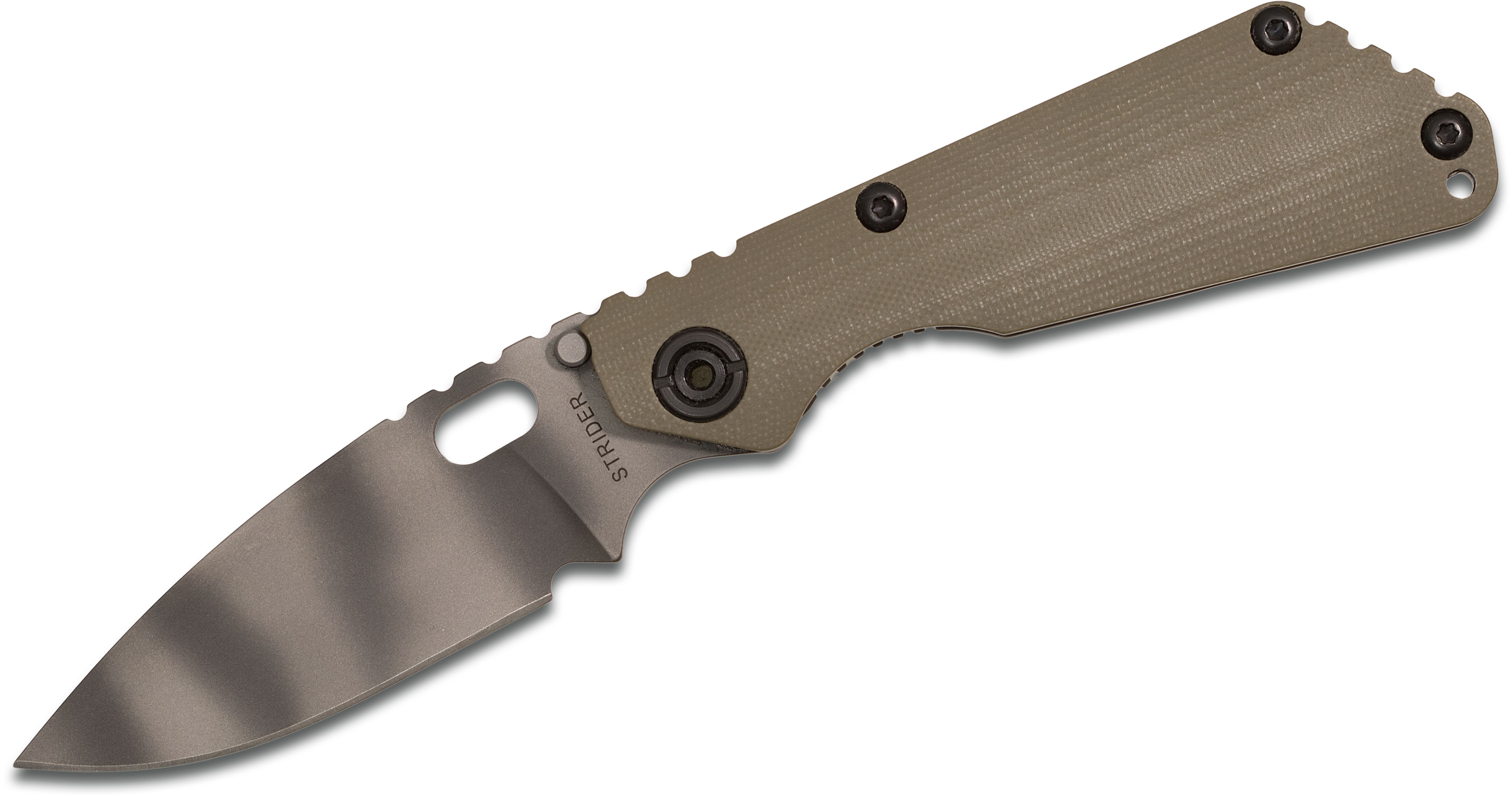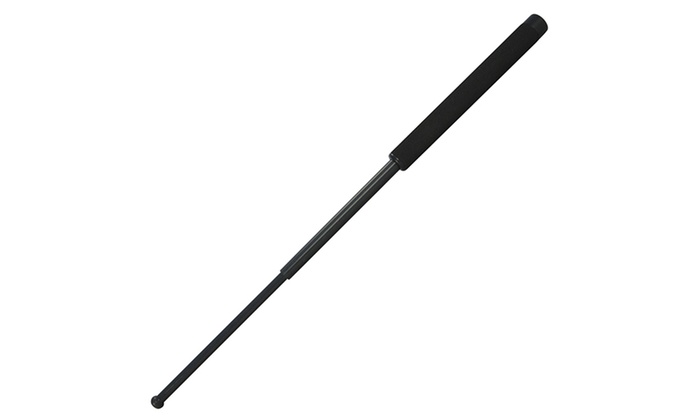
Climbing protection devices are a key element of safe climbing. They prevent falls by lowering the climber during climbing and also provide friction points for the climber. Belayers can lower climbers using climbing protection devices without carrying their entire weight. The use of climbing protection equipment requires that the belayer is trained in a controlled environment prior to using it on a real climb. You can learn the proper use of a belay device by taking climbing classes.
Active rock climbing protection devices
These active protection devices can be used to attach yourself to the rock. They are made of spring-loaded camming devices, sliding ball-nuts, or other mechanisms that exert more force against the rock when pulled tight. They can be inserted into cracks or pockets on a vertical wall or horizontal crack. Some cams are intended to be used in flaring fractures. Other cams are suitable for use only in vertical cracks. These devices require cleaning and lubrication.
Passive protection devices for climbing include wallnuts, nuts and wires. These devices are typically made from high strength tape that is sewn into a looped sling. These devices are often used in tandem with other pieces of protection, such as a harness.
Slings
Slings are climbing protection devices that are used to protect a climber from a fall. These devices can be made from various materials. They can be as little as 1/8 inch thick, or as big as 8/8 inches. They are made of nylon fibers and have a sheath and core. They can be clipped into anchors and used to extend runners on long pitches.

Slings can be used as climbing protection devices. They can also be used to protect long pitches, roofs, and large traverses. Slings are normally double-ended, but they can also be tripled and used in alpine climbing as a single long rope.
Cams
Cams protect you against falling rocks by protecting you from them. They work by pressing against the rock, which causes the outward force to be directed. The cam's strength depends on how it is placed and what type of rock it is. Some cams are stronger than others, so be careful.
There are two types: passive and active protection. Active protection employs moving parts, such cams, while passive protection uses a fixed object. This is usually a piece of metal. Cams were created by Ray Jardine who developed a spring loaded camming device.
Bolts
There are many types and styles of bolts you can use for rock climbing. The most commonly used type is the ringbolt. These are made out of a stainless rod with one end having a loop. These bolts can then be glued into the rock using part of the loop. The loop can be used to attach a quickdraw or other climbing protection device. Another type of U-bolt can be used is the U.bolt. This type is very similar to the ringbolt, but it is made of a rod of stainless steel bent into a U-shaped shape.
Some routes are not suitable for permanent protection. To prevent rock falls, bolts are commonly installed on rock faces. You should know what protection your route needs. Some routes may require multiple points. Modern bolts are made of stainless steel and can withstand pull of up to 5,600 pounds and outward force of 3,300 pounds. But even the best-placed bolts might need to be replaced over time.

Nuts
Climbing protection devices like nuts and bolts are an essential part of any climber's kit. They not only secure the climber but also protect the rock from cracks and damage. Be sure to choose nuts and bolts with care and consider the best orientation.
They are available in many sizes and colours. Most of them are coloured for easy identification. They are made to fit into cracks and constrictions in the rock. A nut can be used to wedge into narrow cracks by grasping the narrow end. The original nut was invented by John Brailsford in the 1960s. Modern nuts can have a sloping design and fit into either flared or pin-scarred cracks.
FAQ
How do beginners do self-defense?
Not only are experts trained in self-defense, but so is everyone else. You should also know how to defend your self when you're alone. You should learn some basic moves to protect yourself from an attack.
Start with simple moves such as punching, kicks, and kneeing. Then you can add more advanced moves like grappling and joint locks.
It's always helpful to practice similar things to what you would face in real-life situations. You can use a pillow to practice how to kick someone.
By doing this, you will not injure yourself while practicing. Be careful not to strike anything too hard as you could cause damage.
How can I learn self defence at home?
There are many methods to improve your self defence skills. Martial arts is the best place to begin. Martial arts are great as they teach you how defend yourself without the use of weapons. They build confidence and improve fitness. Online classes are also available at most schools. It is essential to decide what type of Martial Art you wish to learn. Do you want to learn Kung Fu? Or perhaps Karate? Both styles are great choices, even though they may look very different. The main difference is in the style of fighting they use. Kung fu, by contrast, focuses on grappling or kicking while karate focuses only on striking techniques.
It is important to check whether they offer multiple forms of instruction when selecting a school. This is the variety of martial arts styles offered by a school. Some schools teach only one type of martial art, such as Tai Chi. Others may offer instruction for several types of martial arts. It doesn't matter what martial art you choose, you should make sure that the school you choose is accredited. Ask your friends and family if they have ever studied there. Also, ask questions about the training and background of the instructors. Talk to someone who teaches at the school if you can.
What happens if I use my stun gun and get arrested?
No. Stun guns are considered "less deadly" weapons. They are considered less lethal because they can't cause serious injury.
However, if you accidentally strike someone with your stun guns, you could still be facing charges.
Can I legally carry a stun gun?
Yes. But, you'll need to get a permit from your local government.
Fill out the application form and pay the fee to apply for a permit.
You must keep your permit visible, such as in your wallet, once you receive it.
If you lose your permit, then you will be required to go through the process again.
Do stun guns hurt people?
Not really. A stun gun is a device that injects small amounts of current into the skin.
It doesn't cause permanent harm.
Statistics
- Most likely, you'll get tapped out by 90% of the people in your first 3-5 months. (mmaclan.com)
- Kung Fu alone has 400 unique martial art styles – and whilst you likely won't be able to find a school for each form, many other martial arts are completely different altogether. (budodragon.com)
- Some people walk into a gym thinking they are going to become the best by training whenever they like and not putting 100% effort in. (budodragon.com)
- The Rape, Abuse & Incest National Network reports that 70 percent of sexual violence cases aren't committed by random strangers in a dark alley but by people we know: friends, family, partners, co-workers, etc. (healthline.com)
External Links
How To
What is the best way to self-defense?
Self-defense encompasses many different options. There are many forms of self defense that you can learn. These are the most commonly used:
-
Boxing – Boxing can be used for self-defense. It trains you to fight using your hands. Many people believe that only men can box. However, women can learn to box. Boxing can be learned by women through a variety of methods including private lessons, gyms and online courses.
-
Wrestling: Many people believe wrestling isn't real, but it is. It was once the nation's pastime. Private lessons, gyms and online classes are all available for women who want to learn how to wrestle.
-
Jujitsu- Jujitsu, another popular martial art, teaches you to defend yourself by using your body weight. It is easy to learn, and it improves balance and coordination.
-
Kickboxing - Kickboxing, which is similar to Muay Thai's, uses kicks in place of punches. It is a full-contact, combat sport that doesn't need rules. It's a great option for beginners because it's easy to learn.
-
Tae Kwon Do – TKD combines elements from karate as well as taekwondo with jujitsu. It is a great way to learn about self defense without worrying about hurting your opponent.
-
Mixed Martial Arts - MMA combines several martial arts. It combines Brazilian Jiu-Jitsu, Judo Judo Boxing Wrestling and Sambo. Because it is so effective, it's one the fastest-growing sports in today's world.
-
Karate: Karate is a Japanese Martial Art that focuses primarily on kicking techniques. It's been around for hundreds of years and has evolved over time. Today there are many different styles of karate, each with its own unique moves and training methods.
-
Knife Fighting - Knives are very useful when defending yourself. To stab your attacker, you don't need to be close. You just need to know how to handle a knife defensively.
-
Pepper Spray - Pepper spray is a non-lethal weapon that can help you escape from an attack or stop an attack before it starts. Pepper spraying attackers is not recommended as they can be easily burnt.
-
Firearms - The last line of defense against an attacker is to shoot them. This is typically done by either law enforcement officers or civilians who have been trained to do so.
-
Self-Defense Classes- This class teaches all the skills you need in one place. They cover everything from grappling and shooting.
-
Combative Sports- A great alternative is taking part in combative sport like kickboxing and mixed martial art fighting. These sports require you to practice hard and be disciplined.
-
Martial Arts Schools. If you're serious in learning how to defend your self, then go to school that teaches martial art. Some schools also offer classes with weapons.
-
Online Courses- You can also find many free resources online. 15) Books: Finally, some books can be very helpful. Alan Peppard's "The Complete Idiot's Guides To Self Protection" book covers all of the mentioned topics.
-
Start with what you know. You will avoid making errors that could be detrimental to your health.
I'm thinking I might try self-defense. I have always wanted to learn how fight, but never felt the desire to actually do it. As I age, I feel the need to be more responsible for my own health and less dependent on others.
I've decided to start off slow and see where things go from there. I'm thinking about joining a local gym to start practicing with weights and such. I'm still undecided if I should purchase a gun.